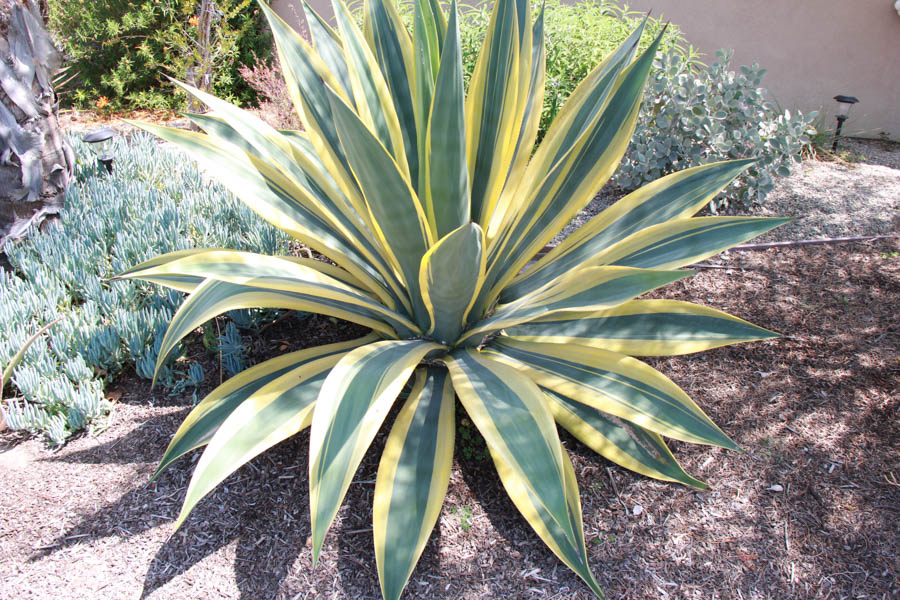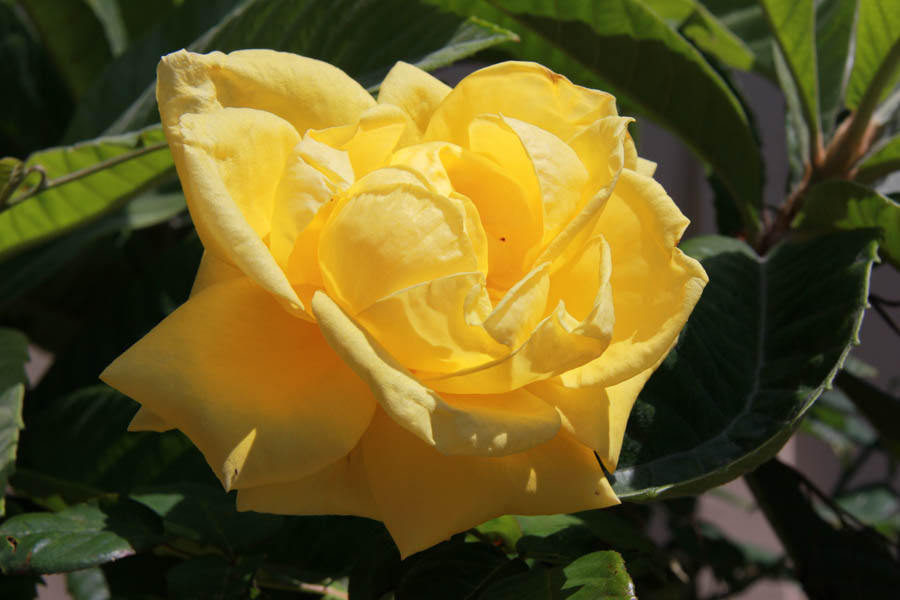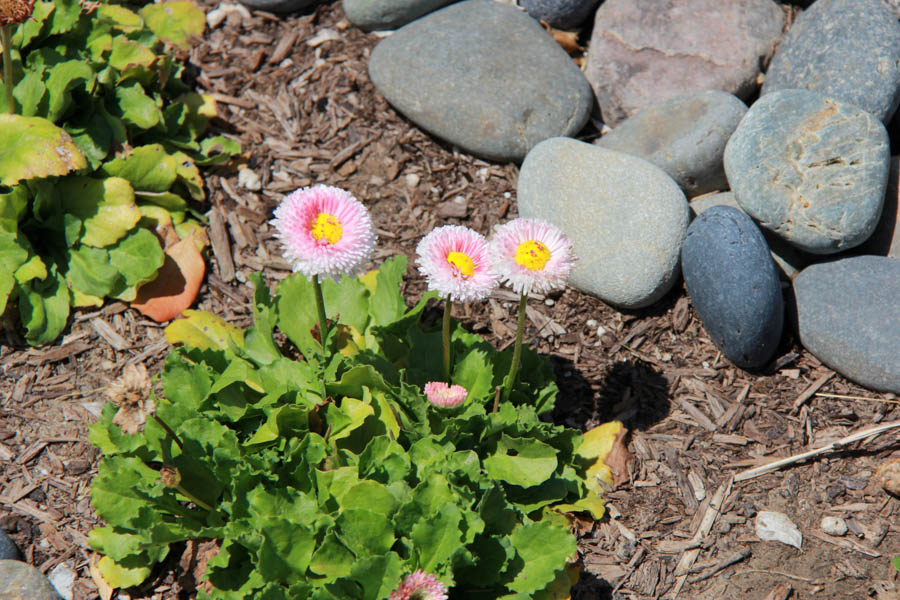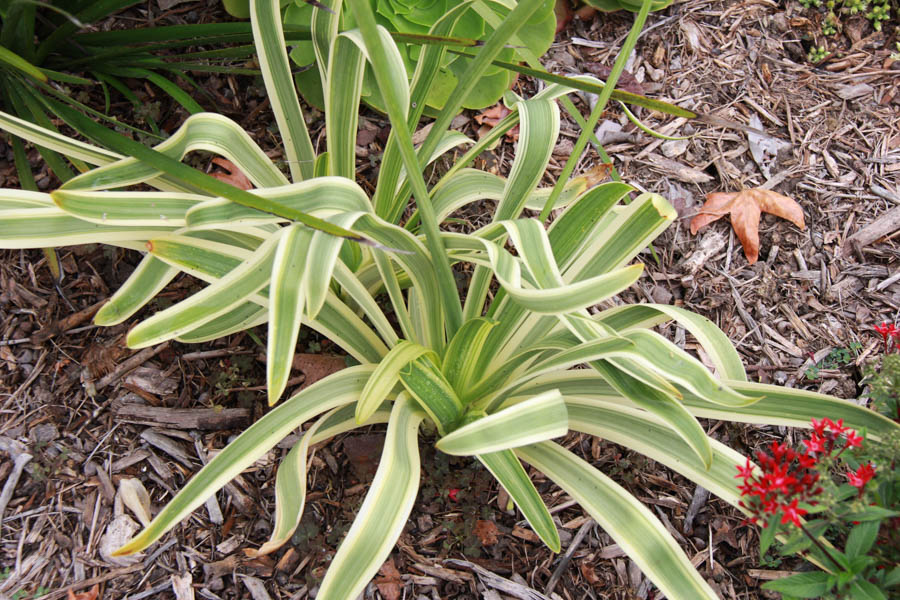It's June And The Flowers And Trees Are Now Waking Up
We love June as it starts to get warm eventhough we have the terrible "June Gloom: along our coast.
Breathing was labored but we could not figure out why! Guess what! Paul had "walking pneumonia" and finally went to the doctor.
Did You Know? - June has the Summer Solstice, the day with the longest daylight of the year, typically on June 21st, which is also National Nude day. June is often considered a "summer month", whereas September is not. This is despite the fact that September has twice as many summer days as June. June is the sixth month of the year in the Julian and Gregorian calendars and one of the four months with a length of 30 days. June is the month with the longest daylight hours of the year in the Northern Hemisphere and the shortest daylight hours of the year in the Southern Hemisphere. June in the Northern Hemisphere is the seasonal equivalent to December in the Southern Hemisphere and vice versa. In the Northern hemisphere, the beginning of the meteorological summer is June 1st. In the Southern hemisphere, the beginning of the meteorological winter is June 1st.
The month of June is probably named after Juno, the wife of Jupiter, and queen of the gods [Hera in Greek mythology]. It was held sacred to her, and was thought by the Romans to be the luckiest month for marriage, since Juno was the Goddess of Marriage. Wherever the goddess went she was attended by her messenger Iris (the Rainbow), who journeyed so quickly through the air that she was seldom seen, but after she had passed there was often left in the sky the radiant trail of her highly-coloured robe.
Juno is always represented as a tall, beautiful woman, wearing a crown and bearing a sceptre in her hand, and often she is shown with a peacock at her side, since that bird was sacred to her. A story is told of one of her servants, Argus, who had a hundred eyes, only a few of which he closed at a time. Juno set him to watch over a cow which Jupiter wished to steal, for it was really a beautiful girl named Io, whom Jupiter had transformed.
Mercury was sent by Jupiter to carry off Io, and by telling long and wearisome stories to Argus at last succeeded in lulling him into so deep a sleep that he closed all his eyes. The god then seized Argus's own sword and cut off his head. Juno was very sad at the loss of her servant, and gathering up his hundred eyes scattered them over the tail of the peacock, her favourite bird."
The Latin name for June is Junius. Ovid offers multiple etymologies for the name in the Fasti, a poem about the Roman calendar. The first is that the month is named after the Roman goddess Juno, the goddess of marriage and the wife of the supreme deity Jupiter; the second is that the name comes from the Latin word iuniores, meaning "younger ones", as opposed to maiores ("elders") for which the preceding month May (Maius) may be named.
June 3rd And We Are Off And Walking Again! (Top)
Today it was pretty warm. It was 83 when we got home! We rested for a while before having lunch.
Paul was having problems breathing during this walk and also playing golf.


We are going to play some gold this afternoon so we cut this walking activity
a little short... We will get another hour in later!

Our table grapes are coming along... They have to be trimmed every two weeks!

Agave... Where tequila comes from... Not really...
Tequila comes from a related plant called the "Blue Agave"
Did You Know? - Agave tequilana, commonly called blue agave (agave azul) or tequila agave, is an agave plant that is an important economic product of Jalisco, Mexico, due to its role as the base ingredient of tequila, a popular distilled beverage. The high production of sugars, mostly fructose, in the core of the plant is the main characteristic that makes it suitable for the preparation of alcoholic beverages.
The tequila agave is native to the states of Jalisco, Colima, Nayarit and Aguascalientes in Mexico. The plant favors altitudes of more than 1,500 metres (5,000 ft) and grows in rich and sandy soils. Blue agave plants grow into large succulents, with spiky fleshy leaves, that can reach over 2 metres (7 ft) in height. Blue agaves sprout a stalk (quiote) when about five years old that can grow an additional 5 metres (16 ft); they are topped with yellow flowers

Wow! Talk about stripes!

Perhaps a butter rose?

The propeller was going 90 miles and hour!

We love to see the flag on display!

You do NOT have to be big to be gorgious!

Colors galore!

Simply amazing!

June 4th 2016 It's Saturday Morning And We Be Walking! (Top)
Being healthy is a seven day a week job! Alas, Paul's breathing was getting worse, not better!


We stopped at Bunnafords house to pick up our Avalon which was there on guard duty!

Verigated? Amazing!

What beautiful yellows
Did You Know? - The world yellow has been a part of the English language since about 900 A.D., coming from closely related words in Latin and various Germanic languages. It is derived from the Anglo-Saxon geolw- and the German gelb meaning yellow and "geld" or "gold". Yellow was also the color of the medieval fool. For Shakespeare, yellow was the color of love. The Greek chloros idea of yellow indicated lust and medieval German streetwalkers even wore yellow.
Geolw- slowly developed into the Old English geolu and Middle English yelwa. The Indo-European root ghel stood for "to shine", especially in reference to bright materials such as yellow metals. The old Norse term gulr gave us "gull" which survives in Middle Dutch as gulden (golden) and in the monetary unit, the Guilder.
Yellow is the hue of that portion of the visible spectrum lying between orange and green. It is one of the month's colors in February (along with light blue), April (along with red), May (along with red), and October (along with white). Over time, yellow has meant many things to various cultures, mourning in Egypt, courage in Japan, hazard and warning in many countries, friendship (as in giving yellow roses), and peace, hope, remembrance, and support (as in hanging yellow ribbons).

So very proud!

Nice to see belief on display!
 Why thank you little man!
Why thank you little man!

Looks like a cockeyed Christmas Tree

From the tiny seed mighty tree grow!

Home sweet home!

Just hanging around

I do not know what I am!